Have you ever wondered why you are drawn to certain silhouettes? Why you own certain pieces that make you feel so distinctly like yourself? Or conversely, ever tried on a trendy item because it looked fabulous on the model only to try it on and feel distinctly ... unfabulous (or worse, bought it online and experienced your excitement switch to guilt and regret?) This newsletter is the first instalment of an overview of style lines. My goal is to give you a framework that will help you put words around why some outfits just 'work', and help you build new outfits with confidence.
What even are style lines?
Broadly, they are the lines created by, and within, garments. This includes the overall silhouette and placement of seams. I want you to think about the concept in terms of objective forms and shape; not rules. This leads us to probably the most important caveat in the world of style, which is that there are no rules. None! Did you grow up hearing things like "blue and green should never be seen without a colour in between", and "your outfit doesn't matter so long as your shoes and handbag match"? (I realise these quotes are on the subject of colour but they still illustrate a point). Throw all these ideas away. Right now. Let us be done with them and start afresh.
Let me reiterate: there are no rules. However. There are aesthetic ideas and principles that can guide us. Choosing clothing silhouettes and fabric weights which honour the natural lines of your body can create a sense of ease and harmony.
An important side note
Before I get into the detail, I want to delineate what I mean by your 'body'. This topic can be fraught and almost everyone probably has a negative relationship with their body at some point in our lives. Here I am not talking about weight, I am talking instead about the underlying structure of your body, essentially, the length, angles and proportions created by your skeleton. Your body is objectively made of shapes, and they are configured in proportions which are unique to you. This is objective fact, neither good nor bad.
In a world of ever-shifting beauty standards, and where different body shapes and weights can be 'trending' (distasteful and also just plain stupid), I would love to see a wider embrace of body neutrality - an acceptance that we can strive to be healthier, stronger, fitter, faster, none of the above, whatever, while being grounded in gratitude that we have a body at all.
So back to harmony. I'll wager a lot of us, when we think about aspirations for our style, envision a feeling of effortlessness. Understanding style lines is a useful starting point if this is your goal. Now of course, for the sake of interest, we may wish to introduce tension into an outfit (and there are many ways to do this, through silhouette, colour choice, contrast, textural variations, hardware, jewellery, and so on), but my argument is you can most effectively introduce tension and visual interest to an outfit if you know how to start from a visually harmonious base.
The lines of the body
If your goal is to build a wardrobe that mostly feels harmonious, the clothes you buy should mostly not just fit you properly (obviously fit is paramount!), but also reflect some of the qualities of the natural lines of your body. To achieve this, we need to critically assess two things: (1) the lines created by an item or outfit (this is affected by the fabric weight); and (2) the natural lines of our body.
Let's start with the body.
David Kibbe’s image identity system
In 1987, David Kibbe published a book called 'Metamorphosis'. I have not read the book, nor do I have any intention of doing so. To get hold of a copy a full 37 years later would be nigh-on impossible and very expensive. What I have learned about David Kibbe's system has all been second-hand. There are voluminous resources out there if you want to dive deep (something I'm not going to recommend).
To summarise: Kibbe outlined a series of 'image identities' based around five 'families' of body type: the 'dramatic', the 'natural', the 'classic', the 'romantic', and the 'gamine'. Each of these image identity families have a particular expression of 'yin' and 'yang' qualities. Yin and yang should not be associated with feminine and masculine qualities, but rather 'yin' encapsulates small scale and roundedness/softness, and 'yang' captures larger scale and angularity/sharpness.
Now, strictly speaking, Kibbe's system is not a body-typing system, it's an 'image identity' system. He made specific, granular style recommendations for each of his image identities, covering aspects like fabric weights, hemline length, collar shapes, clothing details, everything! But to discover your best and most harmonious style lines (according to Kibbe), you had to undertake a body typing exercise.
Decades later, the world of Kibbe continues to draw people (women) in the world over. Kibbe's system no doubt holds appeal due to our innate human desire to find patterns in our environment and make order out of chaos. This extends to our love of labels and categorising things, including ourselves. The difficulty in landing on a particular image ID draws people ever further down the Kibbe rabbit hole in the search for answers. If all they need to do is find their image ID, they can follow the style recommendations and never have to worry about how to get dressed ever again. Right? Right?!
Well, no. This newsletter is not aimed at helping you nail down your Kibbe body type/image ID. And I will never tell you what you should be wearing. Where's the fun and creativity in that? Personal style should be just that - personal.
But. For those of us fortunate enough to live in worlds of abundance, constantly bombarded with covert advertising and messages to do (and wear) whatever we want, we can feel adrift. Paralysed by choice. This is where style systems have value, because someone else has done thinking to distil aesthetic principles; and understanding these principles can help train your eye and develop your own style perspective. Here's the thing - only you can develop the clarity for yourself that will help you buy with confidence, part with pieces with confidence, and over time, curate a collection of items you truly like and reflect how you want to show up in the world.
Ok, but tell me more about the Kibbe body types anyway
I won’t lie. Kibbe’s system is complicated.1 Neither you nor I will ever be experts. But I think it’s possible to distil the essential ideas in a useful way. This is my attempt and all errors are my own.
Factors which matter in Kibbe's system include: your height, how tall you look (a consequence of how big your head is relative to the rest of your body), your 'width' (being the width of your shoulders and upper back relative to waist and hips), and the angularity of your features e.g. shoulders, waistline, hands. Your face is excluded from consideration because Kibbe's system is concerned with how fabric drapes over your body, and fabric is not being draped over your face.
Now, there are actually 10(!) Kibbe image identities in total, with distinct combinations of yin and yang qualities. Some of them are rather creatively named (e.g. "flamboyant natural"). Each of these sub-types recognises a greater yin or yang influence within a particular family. For example, the defining trait of the "soft classic" is the overall balance and moderation of the classic, but they have yin influence which could manifest as having shoulders on the rounded side, and a gentle curve to their waistline. The defining trait of the "dramatic classic" is again, balance and moderation, but they have dramatic influence. This means the lines of their body have some sharpness and angularity to them. This could manifest as having squared shoulders, and sharpness in their waist definition (think two connecting lines).
In Kibbe's system, each of the main ID families can be assigned one feature that stands out the most: for the dramatics, what stands out most is their 'verticality'. I don't just mean that they are actually tall, but they also look tall, maybe taller than they are. This is because their head size may be somewhat small relative to their body size and/or they don't have much 'width' in their bodies to draw the eye sideways. The eye easily goes on a visual journey from top to bottom. Here are some examples2 to illustrate the idea of verticality:
The naturals are most defined by their width. In Kibbe's world, this specifically means the relative width of the upper back and shoulders to the waist and the hips. The naturals also have 'verticality. This means your classic 'supermodel' figure tends to be in the natural family - they have the height and the width in the upper body that makes their frame the ideal for hanging clothes off. Examples:
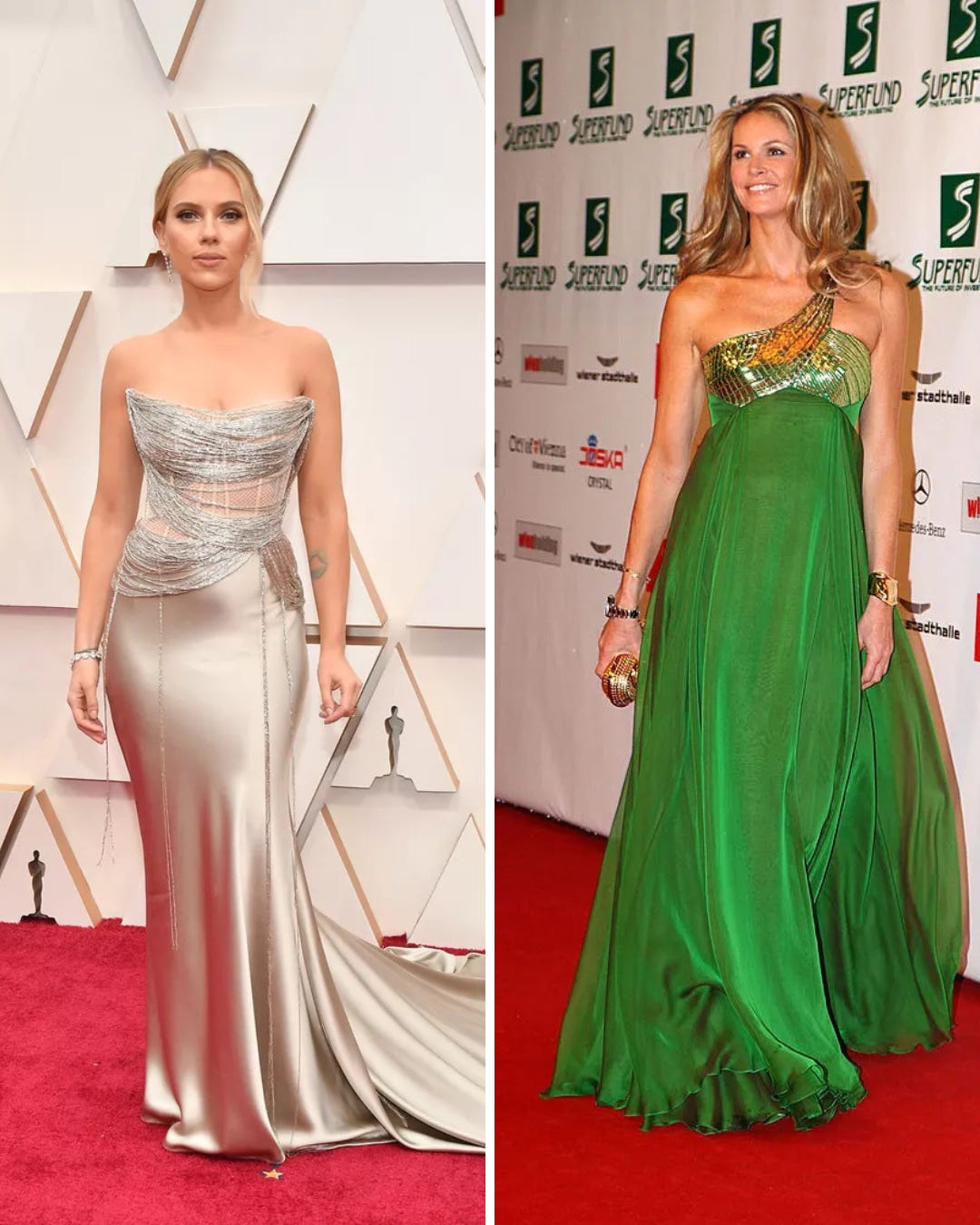
The classics, sitting dead in the middle of Kibbe's yin/yang spectrum, are most defined by balance, or perhaps more helpfully, their moderation. Nothing really stands out, nothing dominates. They are typically of moderate height. Some examples:
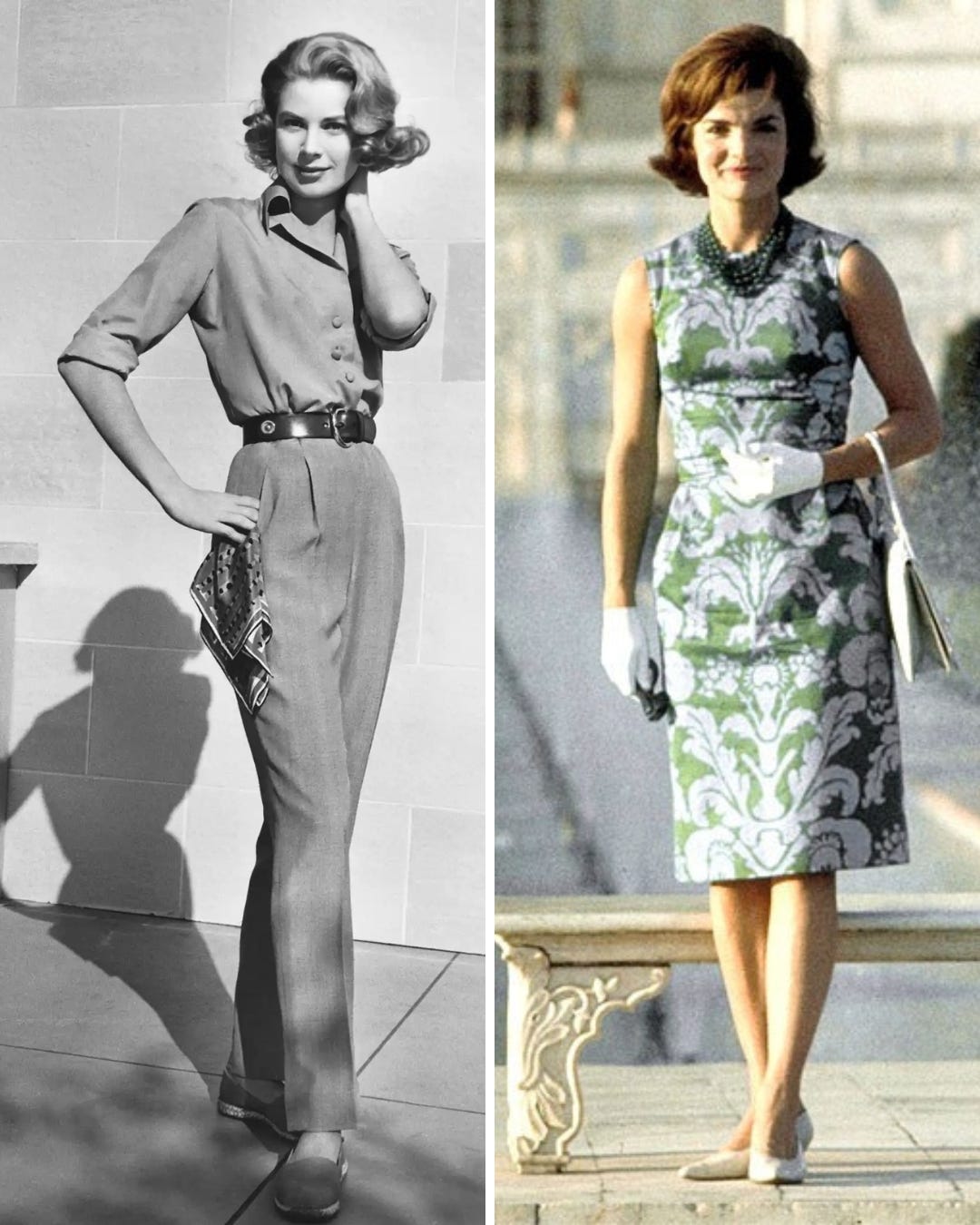
The romantics, are most defined by curve. To take in the natural lines of their body, the eye has to make various sideways journeys. They tend to be moderate height or on the shorter side.
Understanding the gamines is the most confusing because they are most defined by the extent of contrast in their particular blend of yin and yang characteristics. For example, they may have petiteness (lack of verticality), a yin trait, mixed with angular structure (yang). They are on the shorter side. Examples:
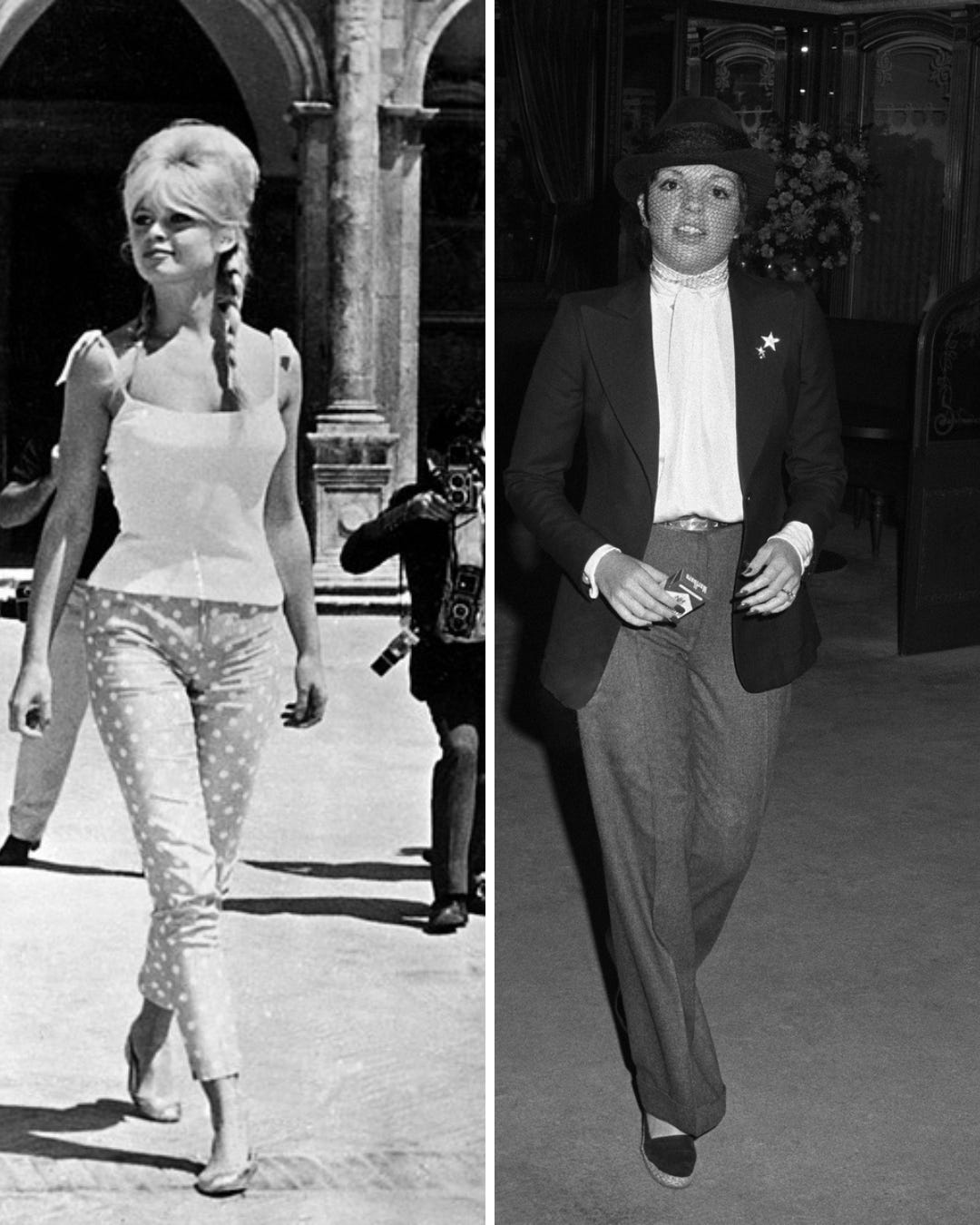
Ok. So I have verticality (or width, or balance, or curve), so WHAT?!
An objective understanding of your frame can help you understand what clothing silhouettes will look naturally harmonious. They will have this quality because they will mirror some of the essential qualities of your frame and proportions. This can be a useful place to start in choosing silhouettes and fabric weights.
Here are the high-level essential principles (and most useful elements) of Kibbe's system, for dressing in harmony with one's frame. Think of this as one piece of information in your toolkit of style knowledge you can employ to both critically assess the existing clothes in your wardrobe, and help you vet potential new pieces.
Dramatics will look at home in clothing silhouettes with long vertical lines. They can look equally at home in stiff, heavyweight fabrics AND flowy, lightweight fabrics as long as there are minimal disruptions for the eye in the horizontal plane (note: these visual disruptions can take many forms e.g. a break in the colour, fabric, or texture).
Naturals will look at home in clothing silhouettes that accommodate the width of their frame and honours their verticality. This means, like the dramatics, they also look at home in silhouettes with long vertical lines and their width means they look particularly at home in more relaxed silhouettes that are allowed to drape. The dominance of their frame means they can look at home in a variety of fabric weights, but medium to heavier weights will look best.
Classics will look at home in clothing silhouettes with style details that reflect the balance of their frame. This essentially means avoiding extremes in every respect i.e. avoiding extremely heavyweight or lightweight fabrics, proportions, and scale of clothing details. The 'head-to-toe' element of an outfit is especially important for the classics. If any element feels unbalanced or not cohesive, they will quickly look off.
Romantics will look at home in clothing silhouettes that at a minimum, accommodates their curve, and at best, highlights their curve. They can look at home in either structured or flowing fabrics as long as their curve is accommodated. They may do well to avoid overly boxy silhouettes and very stiff fabrics.
Gamines will look at home in clothing silhouettes that reflect their smaller stature (and conversely, may do well to avoid overly long or voluminous silhouettes which can feel overwhelming). They look at home embracing contrast and sharp details in their clothes, as long as the overall scale of those details remains relatively small.
For the love of all things good, please DO NOT take the above as concrete recommendations.3 I encourage you to reflect on whether there’s a common thread running through your favourite items and the silhouettes you find yourself consistently drawn to. If it aligns somewhat with a Kibbe image identity that resonates with you, great! One of the powers of Kibbe’s system is that it can give you a reason and words to put around why you like what you like. This can feel like external permission to dress how you’ve always wanted to. Of course we don’t need such permission but it can feel empowering.
But if none of it resonates with you (maybe you typed yourself as a gamine but love wearing long, oversized and structured silhouettes), then you can safely ignore the system entirely! You do you.
Final caveats (for now)
There are plenty of quizzes online if you want to explore which Kibbe image ID your frame aligns best with. It's not something I think you need to do, although it can be helpful to train your eye, especially if you want to learn about the various sub-types.
Styling is a subjective art, and Kibbe's system, like all style systems, is an imperfect tool. We also absolutely do not want to fall into a trap of thinking one Kibbe ID family is inherently better than another. The biggest caveat of all: scrutinising your body is absolutely not a prerequisite to getting dressed with creativity and confidence. But knowledge is power, and the more style inputs we have, the more easily we can best choose for ourselves what style input from our toolkit we find useful to draw from as we curate our wardrobes and put outfits together.
In Part 2, I'll use specific examples from my own Kibbe-related reflections to illustrate how (some) of Kibbe's thinking can be useful, as well as what we can discard - which for you, may be all of it! And that's totally cool.
Note: Kibbe has just published a new book which updates aspects of his system: Power of Style: A Guided Journey to Help You Discover Your Authentic Style (2025).
I’m using celebrities that to my understanding, have been verified as a member of that family by David Kibbe himself.
This newsletter has been in draft for weeks as I struggled with whether I should scrap it altogether, as it felt a bit inauthentic to be writing about someone else’s style system in a way that wasn’t describing how it helped me specifically. In the end I graciously gave myself permission to interpret and synthesise, in the hope some of these words might help at least one other person.



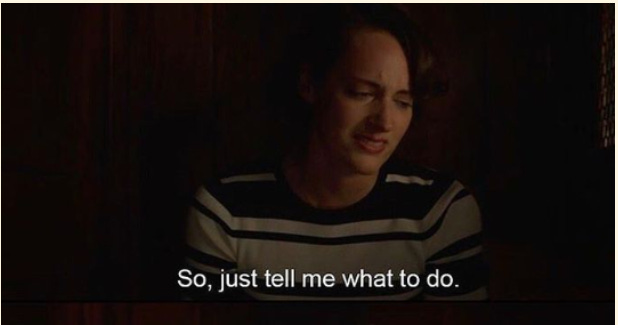
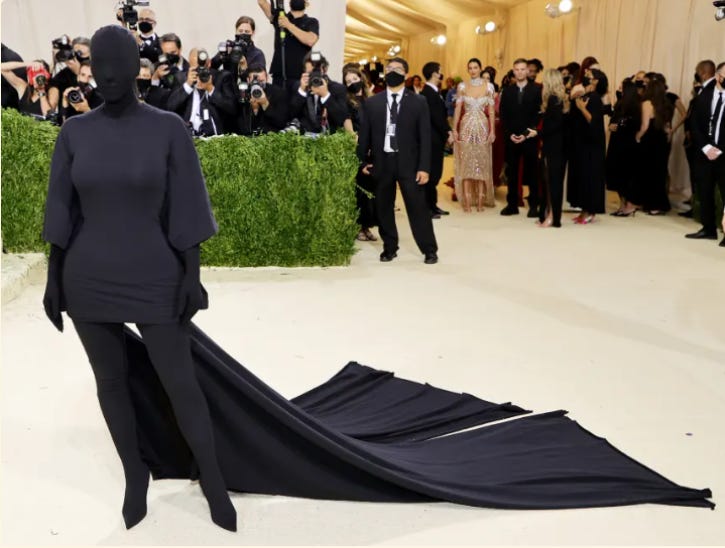
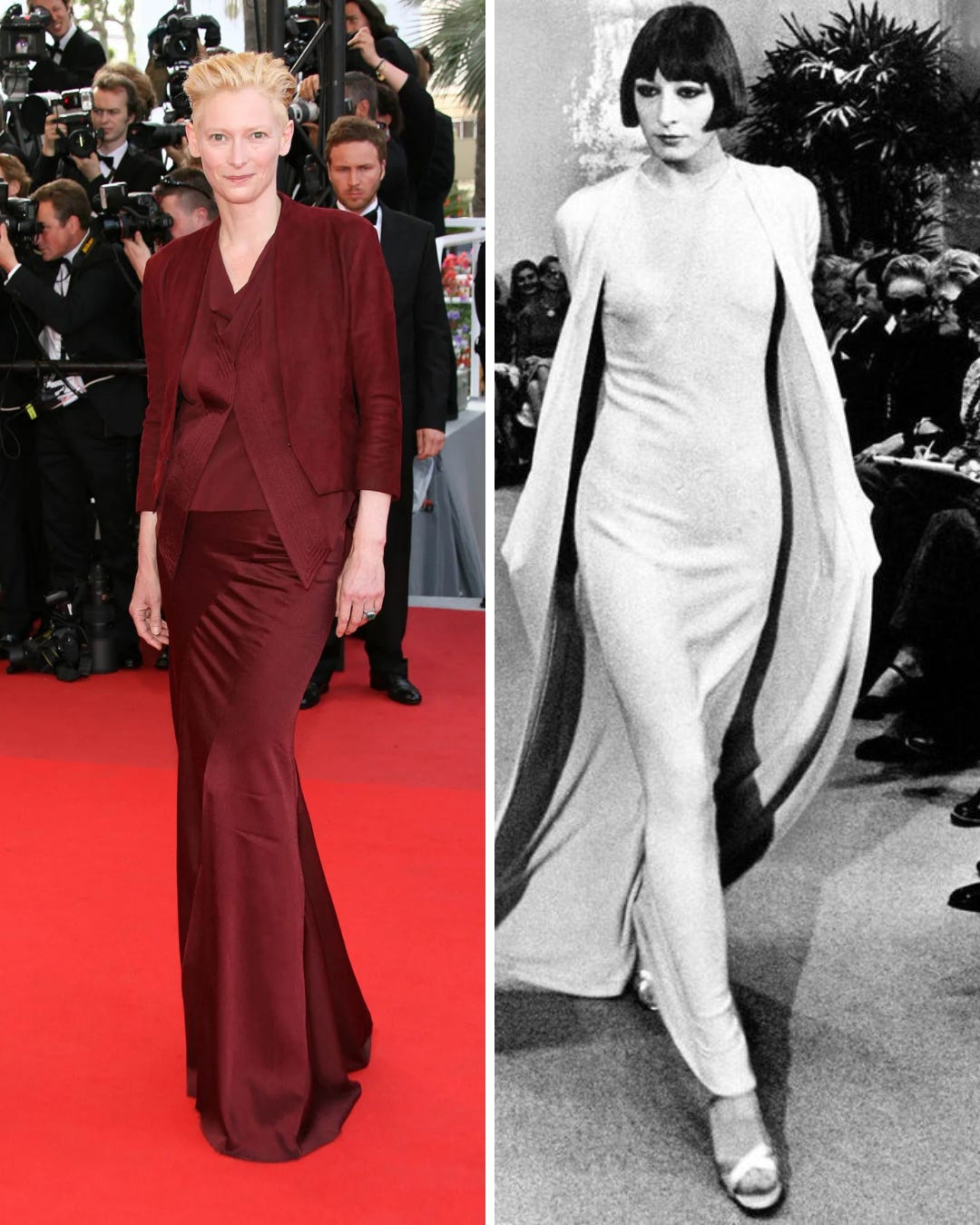
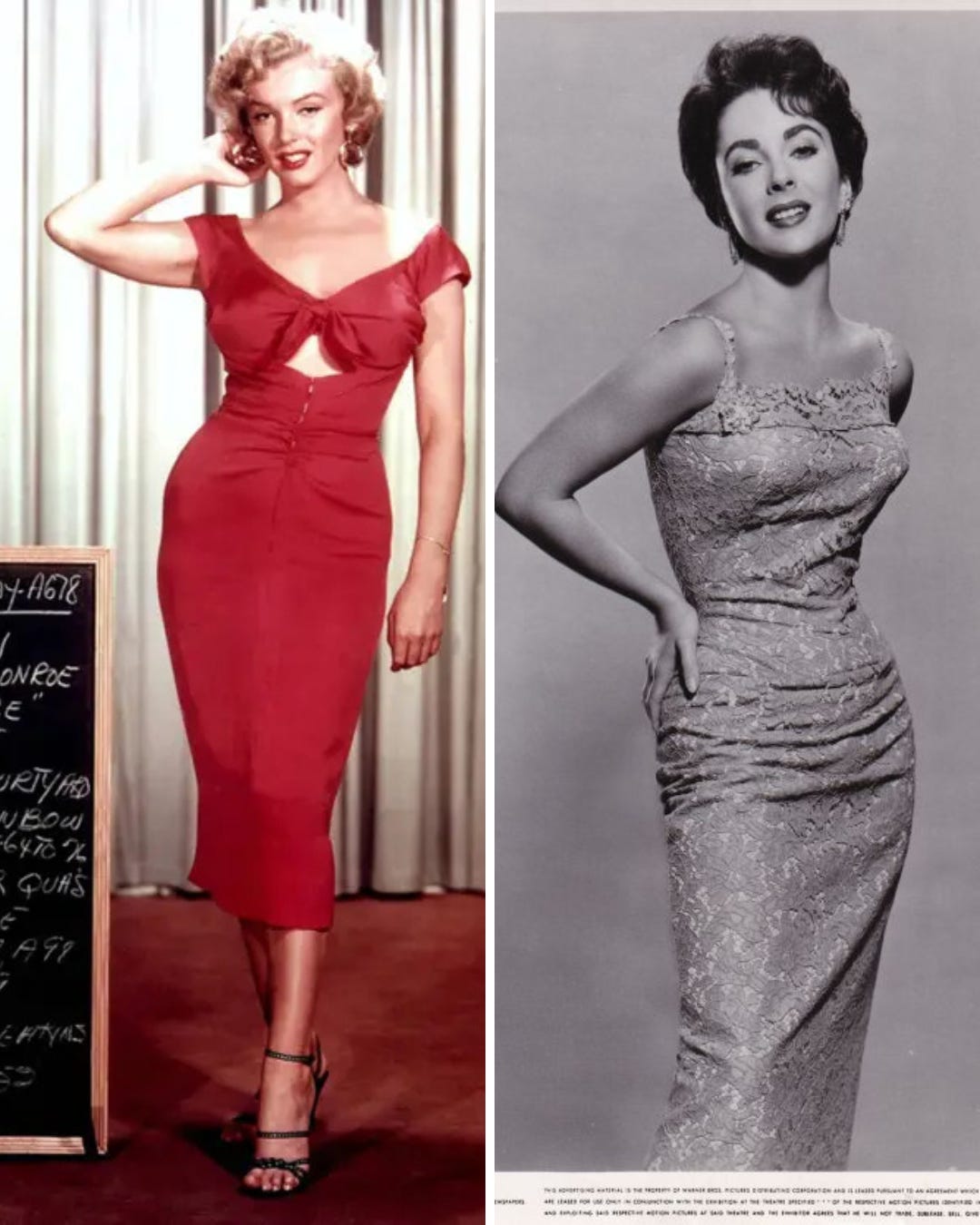
Where is part two?
Can’t wait for part two :)